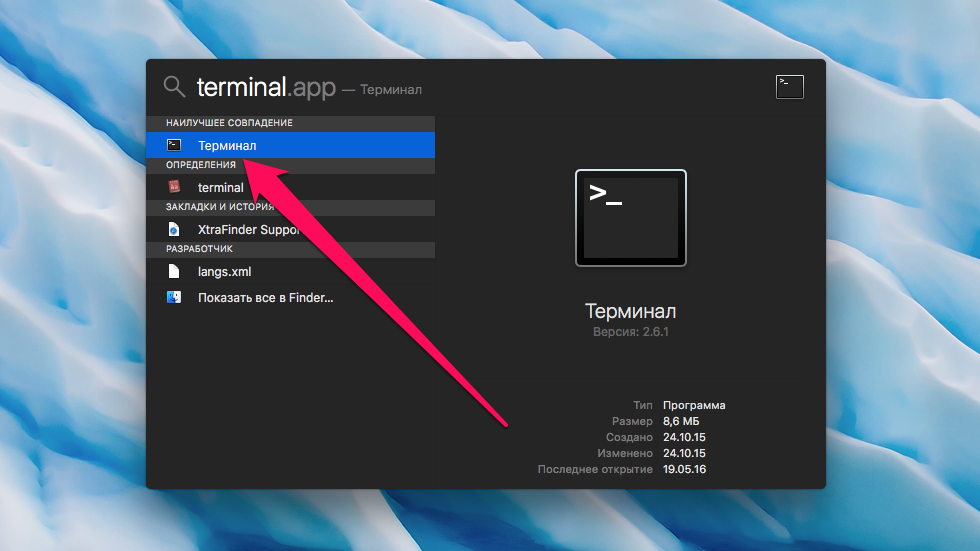
- #Apple mac dashboard widgets timer mac os x#
- #Apple mac dashboard widgets timer install#
- #Apple mac dashboard widgets timer tv#
#Apple mac dashboard widgets timer mac os x#
On Mac OS X 10.5 and 10.6, textbox placeholders are aligned left instead of centered.With the "Raise system volume" setting enabled, the volume will only be raised if the current volume is less than 75% levels higher than 75% aren't raised further.OS X 10.8 Mountain Lion or later is required for notification messages to be displayed. The Weather Widget app icon also gives you a brief forecast or overview of current conditions in both the Dock and the menu bar. Timer works on Mac OS X 10.5 Leopard through macOS 10.14 Mojave. Use the widget to give you an overview of the weather, or for a more in-depth forecast you can open the detailed weather window.
#Apple mac dashboard widgets timer install#
If you don't have a right mouse button, hold the "control" key on the keyboard then click the icon.Ĭlick the "Open" button to confirm that you want to install Timer. Right-click on the Timer widget icon and select "Open" in the menu. On OS X 10.9 Mavericks and earlier, the Dashboard is always on.ĭownload Timer.zip from this page, then find it on your hard drive and double-click it to open it. If you're running OS X 10.10 Yosemite or later, you may need to turn on Dashboard if it isn't on already.

#Apple mac dashboard widgets timer tv#
Available sounds are: Harmony, Reveal, Rooster Crow, Tibetan Bowl, TV Tone, or silence. Choose the alert sound that plays when the timer finishes.Hover your mouse pointer over Timer and click the small "i" to flip to the back side, where you can change various settings. When it reaches zero, a sound will play and a notification message will appear in the top-right corner of your screen. Just type an amount of time, click Start, and it will begin counting down. Timer is a widget for the macOS Dashboard for alerting after a set amount of time has passed. Dashboard is a discontinued feature of Apple Inc.s macOS operating systems, used as a secondary desktop for hosting mini-applications known as widgets.


 0 kommentar(er)
0 kommentar(er)
